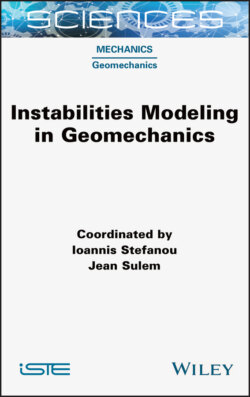Читать книгу Instabilities Modeling in Geomechanics - Jean Sulem - Страница 19
1.6. Conclusion
ОглавлениеA wide range of failure, instability, non-uniqueness and strain localization phenomena developing in geomaterials have been reviewed in this chapter. It was concluded that in many real life problems, such occurrences result from complex multiphysical fields, including flow of pore water, differential thermal expansion of soil constituents, generation of heat through friction, geochemical reactions, evaporation and air invasion. Mechanical instabilities of the solid skeleton, while no doubt an important part of the overall behavior of geomaterials, do not exhaust the complexity of the overall behavior of such materials. A call for a comprehensive approach to multiphysics instability is more than due. The phenomena involved can be modeled as scenarios of processes that occur either simultaneously or sequentially and that are either coupled or depend on the accumulation of dissipative variables. Hence, the stability of such processes should be investigated as those of coupled mechanical, hydraulic, thermal and chemical processes, or as single processes of a sequence. In the latter case, instability of a one-step process likely affects the formulation of the successor process model. As pointed out by Terzaghi (1950), the causes of the instabilities are often long-term phenomena rather than single events, such as major rainfalls, which are contributing factors. The need for a proper description of these long-term phenomena and their coupling to variable mechanical properties of soil and rock is emphasized.
